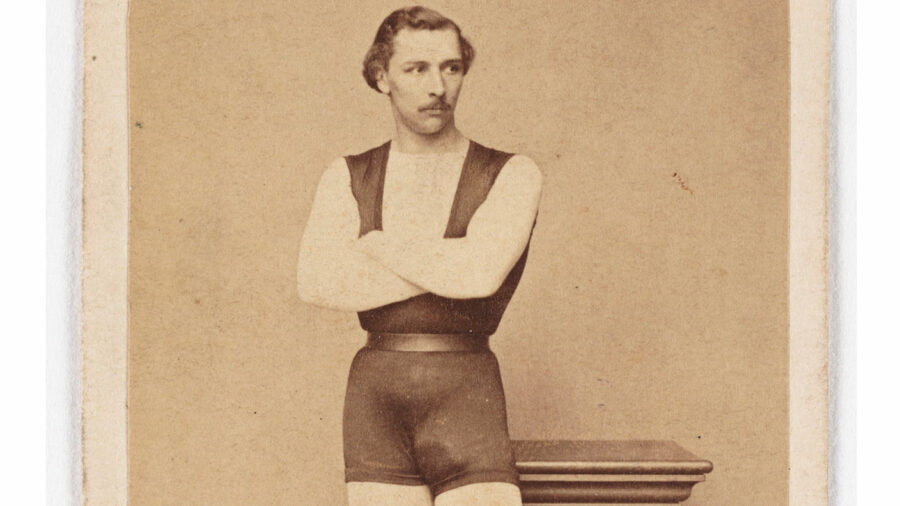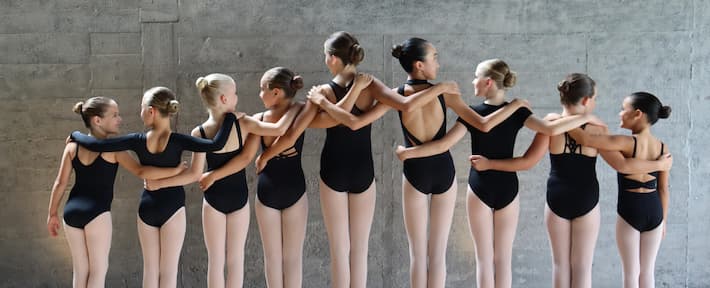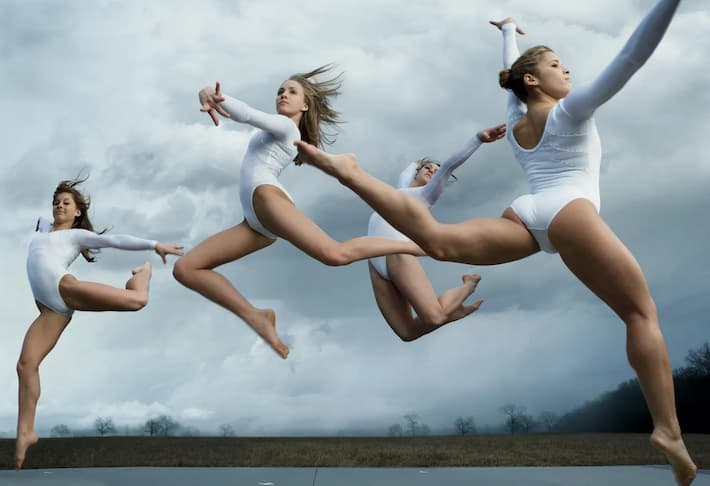Contents
New Zealand has a thriving dance scene that welcomes all ages, skill levels, and interests. From traditional Maori performance to contemporary ballet, hip-hop, and everything in between – there’s something for everyone to move to in the Land of the Long White Cloud. If you’re considering taking up dancing, that’s a smart move, pun intended! You’re in for a rewarding journey brimming with benefits.
But just like with any other activity or sport, in dancing, you need to gear up for success. Sure you can dance in your PJs, but can you reach your full potential without proper dancewear? Even superheroes need their body suits and utility belts, and dancers are no exception. One of the humble yet highly functional dance garment staples that can elevate your practice is the leotard.
What Is a Leotard and Why Was It Invented?

The leotard’s story begins not on the dancefloor, but in a French Circus. A 19th-century acrobat called Jules Léotard designed a one-piece garment that hugged his physique and allowed for unrestricted movement while performing aerial acrobatics. Although initially known as the “maillot”, this piece of clothing eventually took the name of its inventor, becoming a staple in ballet and other genres.
Do You Have to Wear a Leotard?
As a novice dancer, you may be wondering whether you have to wear this garment. While you don’t have to wear it unless it’s required by your dance studio dress code or competition policy, it can make a world of difference in your dance experience. Before you start your search for a dance leotard NZ-wide, here’s everything you need to know, from benefits, to fit and style and beyond.
Why Do Dancers Wear Leotards?

More than just a pretty outfit, dancers wear leotards for various reasons, including:
- Unrestricted movement – dancewear leotards let you bend, stretch, and pirouette without feeling restricted, allowing you to fully express yourself through movement.
- Support and stability – depending on the design and style, some of these close-fitted bodysuits can provide targeted muscle support, improving circulation and reducing fatigue.
- Breathability and comfort – usually made from breathable, high-performance fabrics, these garments keep you cool and comfortable during the most intense routines.
- Confidence – dance like no one’s watching, dress like everyone is. Donning appropriate dance apparel works magic on your self-confidence. Confidence thrives when you look the part, allowing you to focus on your moves and feeling good, rather than worrying about your outfit.
- Self-expression – staying true to your style and feeling comfortable is another way to skyrocket your self-confidence. With a huge range of styles and colours to choose from, you’ll easily find the perfect leotard in NZ dance stores.
What Makes a Good Leotard?

A dance leotard needs to tick several boxes to be truly considered proper dancewear.
Fit That Makes You Feel Like You Can Fly Across the Floor
This garment should feel snug, but never restrictive. Look for a second-skin-like fit that hugs your body comfortably without digging in or limiting your range of motion. Ill-fitting leotards can undermine your performance and appearance, so you shouldn’t settle for anything less than perfect.
Design and Material That Move with You, Not Against You
The fabric should be stretchy with just enough give to let you move freely while maintaining a close-fitted look. The seams should be smooth and flat to prevent chaffing and skin irritation, but at the same time durable to avoid a wardrobe malfunction.
Material-wise, you should choose breathable fabrics like nylon/elastane blends and cotton that provide a good amount of airflow. Look for moisture-wicking properties that allow the fabric to dry quickly and prevent discomfort during intense activities.
Style That Matches Your Spirit and Discipline
Although personal preference plays a huge role style-wise, you should still consider the dance style and dress code. For instance, classic simplicity and modesty are favoured in ballet attire, but more expressive options are popular in contemporary dance. Your style should align with the aesthetics of your dance discipline to ensure professionalism and etiquette.
When shopping for competition leotards for individual performances, choose a style that stands out and reflects your personality on stage. But when it comes to practice garments, always prioritise comfort and functionality, nothing that could potentially distract you as you perfect your routine.
Dressing for the part offers not only performance enhancements but also technical advantages. In the studio, it allows instructors to see your alignment and leg extensions clearly, facilitating feedback and improvement. On stage, it emphasises your form and technique, allowing the audience and judges to fully appreciate the technical nuances and accuracy of your performance.
Closing Thoughts
This piece of dance attire can empower your growth as a dancer, allowing you to move through the entire journey, from studio to spotlight, with grace and confidence. Ready to upgrade your dance wardrobe? If so, it’s time to hit your local dance attire shop online or in-store and explore the beautiful array of options out there.



